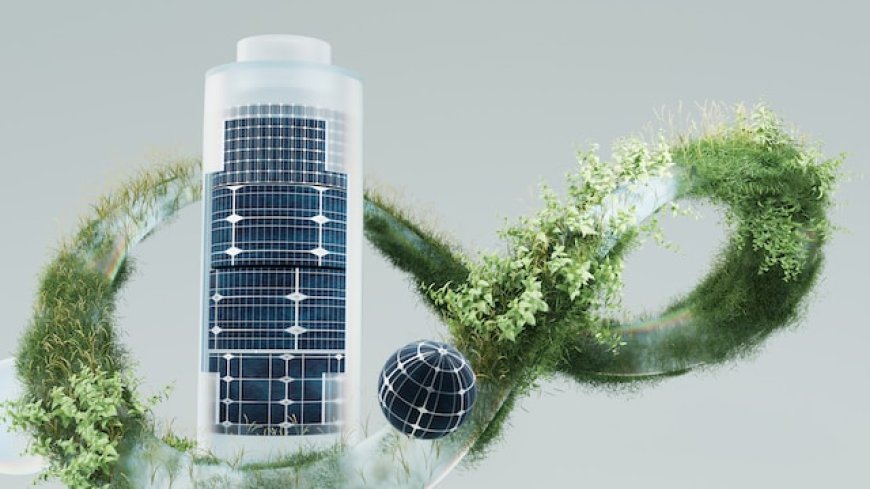Understanding Circular Business Models: A New Route to Sustainability
The Future is Circular: Embracing Sustainable Business Practices. Dive into the world of circular business models, the key players in paving the way towards sustainability. Discover how these models function and why they're essential for a sustainable future.

In the quest for sustainability, the traditional "take-make-dispose" model of business is giving way to a more progressive and environmentally friendly approach - the circular business model. This revolutionary concept, which is rooted in the principles of the circular economy, is set to redefine the way we do business and offers a viable solution for a sustainable future.
So, what exactly is a circular business model? At its core, it's an approach that aims to keep resources in use for as long as possible, extract the maximum value from them whilst in use, and recover and regenerate products and materials at the end of their life cycle. It's about moving away from the linear model of 'take, make, dispose' to a more circular approach of 'reduce, reuse, and recycle.'
Circular business models are designed to reduce waste and minimize the demand for the extraction of new resources. They emphasize on the longevity of products, the reuse of components, and the recycling of materials. These models also focus on resource recovery and strive to turn waste into a resource, thus creating a closed-loop system where nothing is wasted.
Regenerative by design, circular business models not only reduce waste but also actively contribute to restoring the environment. They can include practices such as repairing, refurbishing, and remanufacturing, which extend the life of products and reduce the need for new ones.
The shift to circular business models has significant implications for businesses, consumers, and the environment. For businesses, it can lead to cost savings, new revenue streams, and increased competitiveness. For consumers, it can offer better quality products, potential savings, and the opportunity to participate in sustainable practices. And for the environment, it can result in less waste, reduced pollution, and a lower carbon footprint.
While adopting a circular business model can present certain challenges such as reconfiguring supply chains and rethinking product design, the benefits far outweigh the hurdles. Organizations worldwide are beginning to realize the immense potential of circular business models and are taking steps to incorporate them into their operations.
Take, for example, the fashion industry, where companies are introducing rental and resale models to reduce waste and extend the life of garments. Similarly, in the electronics industry, businesses are embracing models that promote repair and refurbishment, thereby reducing electronic waste.
In conclusion, circular business models represent a paradigm shift in the way we think about business and sustainability. They offer a win-win scenario, enabling businesses to thrive while contributing to environmental preservation and restoration. As we look towards the future, it's clear that the road to sustainability is circular. The adoption and success of circular business models will be key to achieving a sustainable and prosperous future for all.
Disclaimer: The image(s) featured in this article are for illustrative purposes only and may not directly depict the specific concepts, situations, or individuals discussed in the content. Their purpose is to enhance the reader's understanding and visual experience. Please do not interpret the images as literal representations of the topics addressed.
What's Your Reaction?













































































































